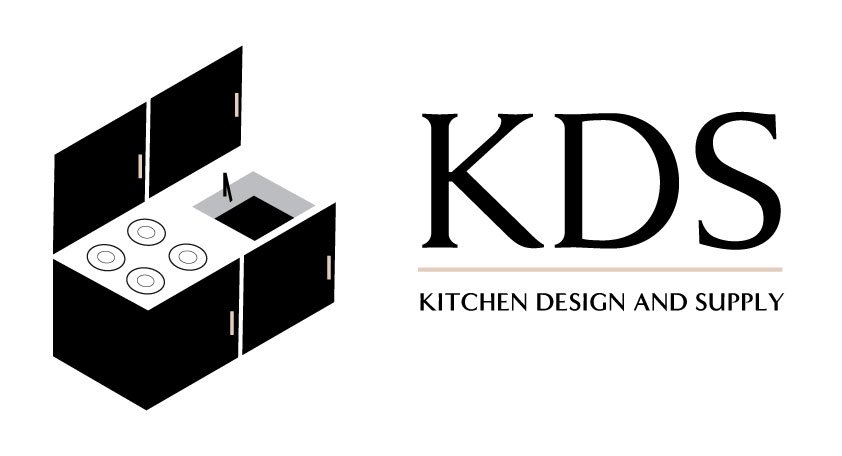Kitchen Flooring
One of the many questions we get asked during a home survey when discussing installation is, “What is best type of floor for my kitchen?”
While there isn’t a standard answer, there are a few things to take in to consideration and choosing the right flooring for your kitchen is a critical decision. Not only does it impact the overall look and feel of your kitchen, but it can also affect the durability and maintenance of the space, and more importantly the installation of your kitchen. At the very minimum, you should have the sub-floor laid before the installation of your new kitchen can begin. The standard height for your base units from floor to the top is 900mm. If your kitchen is installed on the floor boards and then the sub-floor and choice of flooring is laid, then you can reduce the overall height of your base units by almost 50mm, making it feel like your kitchen base units are too low.
With so many options available, it can be overwhelming to determine which type of flooring is best suited for your needs.
Below we will look at some of the pros and cons of the different type of kitchen floors.
Ceramic and Porcelain Tiles
Ceramic and porcelain tiles are a popular option for kitchen flooring. They are durable, waterproof, and resistant to stains and scratches. Additionally, they come in a wide range of colours, patterns, and textures allowing you to achieve any look you desire. Ceramic and porcelain tiles are easy to clean and maintain and can last for many years.Something to consider is ceramic and porcelain tiles can be cold and hard to walk on, which can be uncomfortable for some people. They can also be prone to cracking or chipping if something heavy is dropped on them. Something else to consider are the grout lines between tiles can be difficult to clean and can trap dirt and bacteria.
Natural Stone
Natural stone flooring, such as granite, marble, or slate, can add a luxurious look to your kitchen. These materials are durable and resistant to scratches and stains making them ideal for high-traffic areas. Natural stone comes in a variety of colours and patterns, ensuring that you can find the perfect match for your kitchen.
However, natural stone flooring can more than often be expensive and installation can be challenging especially if the stone needs to be cut to fit your kitchen's layout. Natural stone is also porous and needs to be sealed regularly to prevent staining and can also be slippery when wet, making it a potential hazard in the kitchen.
Hardwood
Hardwood flooring is a classic choice for kitchens. It adds warmth and character to the space and is durable enough to withstand heavy foot traffic. Hardwood flooring can be sanded and refinished multiple times, allowing you to change the look of your kitchen without replacing the flooring.
Hardwood flooring can be susceptible to water damage and stains. Spills should be wiped up immediately to prevent damage. Hardwood flooring can be expensive and installation can be time-consuming.
Laminate
Laminate flooring is an affordable option that can mimic the look of hardwood or stone. It is durable, easy to install and comes in a variety of styles and patterns. Laminate is also resistant to scratches, stains, and fading.
However, laminate flooring can be slippery when wet, making it a potential hazard in the kitchen. It can also be prone to swelling and warping if exposed to moisture, so spills should be wiped up immediately. Additionally, laminate flooring can be difficult to repair if it is damaged.
Vinyl
Vinyl flooring is a popular option for kitchens due to its affordability, durability, and water resistance. It comes in a variety of styles, including those that mimic the look of hardwood or tile. Additionally, vinyl flooring is easy to clean and maintain.
However, vinyl flooring can be prone to fading and scratching, particularly if it is exposed to direct sunlight. It can also be difficult to repair if it is damaged, and some types of vinyl flooring can emit VOCs (volatile organic compounds).
In conclusion, choosing the right flooring for your kitchen requires careful consideration of your needs and preferences. Ceramic and porcelain tiles, natural stone, hardwood, laminate, and vinyl are all popular options, each with its own benefits and disadvantages. Consider factors such as durability, maintenance, cost, and style to determine which type of flooring is best suited for your kitchen.

